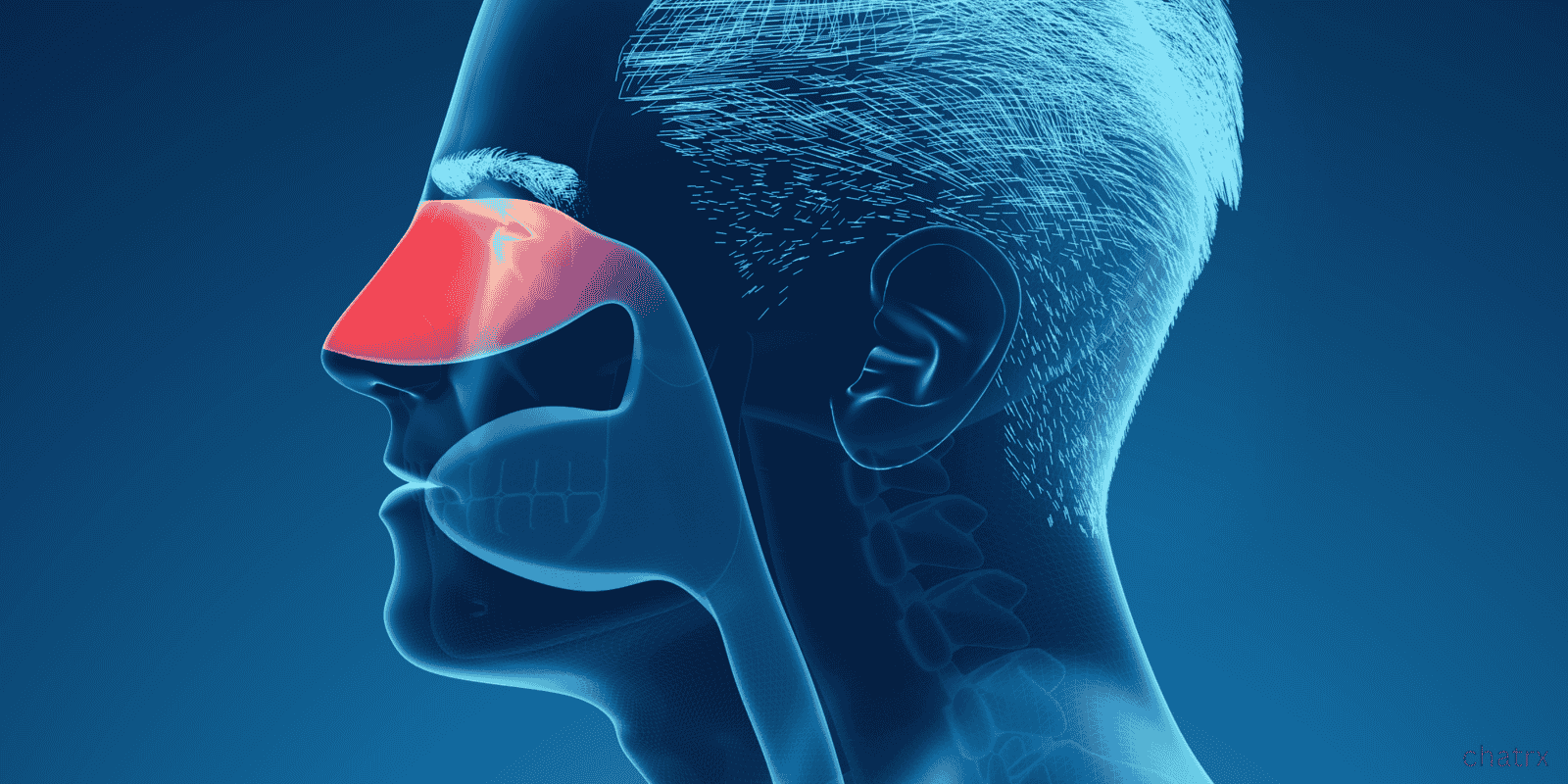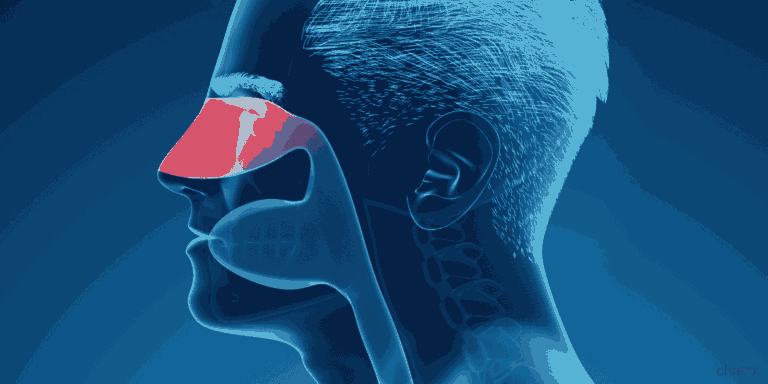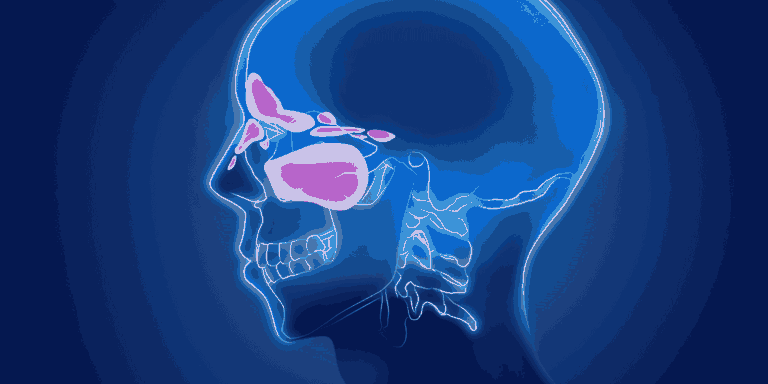Yes, the common cold and flu are actually leading triggers for sinusitis – a fact I’ve explained to thousands of patients throughout my career.
Here’s what happens: When you catch a cold or the flu, the viruses cause inflammation in your nasal passages. This swelling can block the small openings (ostia) that allow your sinuses to drain properly. When sinuses can’t drain, mucus accumulates, creating the perfect environment for bacteria to grow, potentially leading to a secondary bacterial sinus infection.
I often describe it to patients as a two-stage problem. The viral infection (cold or flu) is stage one, causing:
- Initial nasal congestion and inflammation
- Increased mucus production
- Blockage of sinus drainage pathways
If these conditions persist, you may enter stage two – bacterial sinusitis – marked by:
- Symptoms lasting more than 10 days
- Worsening symptoms after initial improvement
- More severe symptoms than typical with a cold
- Thick, colored mucus discharge
Not every cold or flu leads to sinusitis. Factors that increase your risk include:
- History of allergies or asthma
- Structural issues like a deviated septum
- Weakened immune system
- Smoking or exposure to secondhand smoke
To prevent a cold or flu from progressing to sinusitis, I recommend:
- Using saline nasal sprays to keep passages moist
- Staying well-hydrated
- Using a humidifier, especially while sleeping
- Taking decongestants appropriately (but not for more than 3 days)
If you’re experiencing persistent symptoms after a cold or flu, ChatRx can help determine if you’ve developed sinusitis and recommend appropriate treatment to help you feel better faster.












